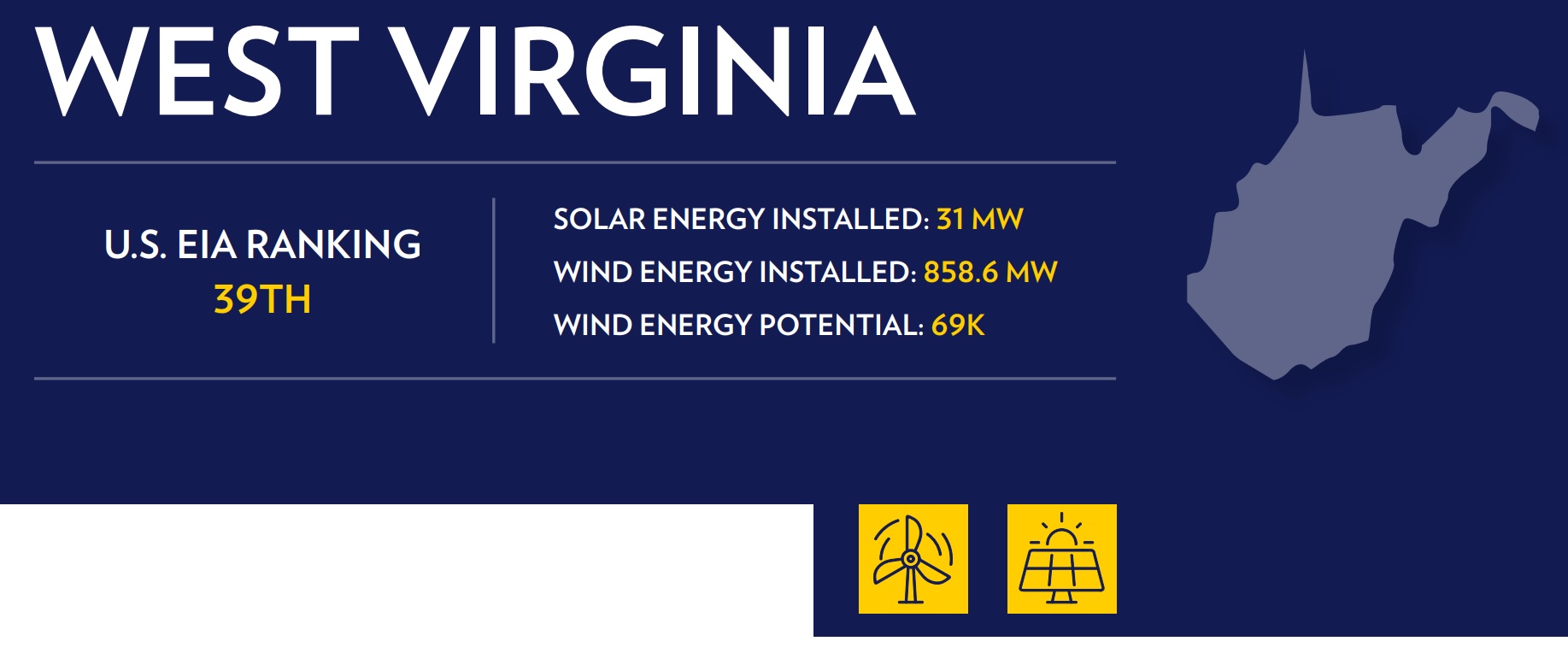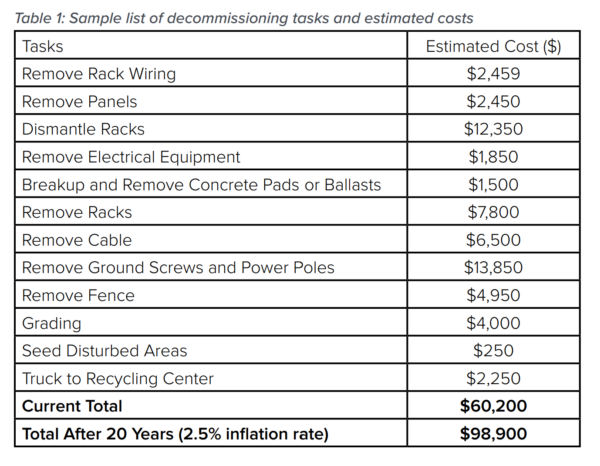Law Firm Lewis Roca has released what it believes is the first legal analysis to compile and assess renewable energy decommissioning requirements on a national level. The document, titled State Requirements For Decommissioning End-Stage Renewable Energy Projects, found that 33 states have fully established rules and regulations for decommissioning, with three more in development.
The report also includes an index that references the laws in each state, making it easy for developers to quickly find the correct language.
The co-authors of the report, Tom Dougherty and Dietrich Hoefner said,
Some states focus exclusively on financial assurance requirements to ensure that end-of-life obligations are funded, while others also mandate specific regulatory standards for decommissioning efforts. Some states require the submission of detailed decommissioning plans, some provide for government monitoring and approval of decommissioning efforts, and some focus heavily on land reclamation.
The most popular decommissioning requirements include the development and continued updating of decommissioning plans, land restoration requirements, and bonding requirements to ensure that end-of-life work is paid for.
Of the 36 states analyzed in the report, 33 have developed and deployed programs for wind or solar – with 29 mentioning solar. Interestingly, two states with a heavy wind presence – Iowa and Kansas – have no decommissioning regulations at all.

Each state profiled in the report receives a single page, featuring a description and references to the decommissioning requirements. Both state and local-level decommissioning rules are referenced.
An example of financial insurance requirements is provided by North Dakota. The state mandates that decommissioning start within 12 months of abandonment or at the end of a facility’s useful life, and it must be completed within 24 months. An environmental effect report must be part of the decommissioning process. North Dakota also requires financial assurance equivalent to 5% of the estimated decommissioning cost. This assurance can take various forms, including a performance bond, cash escrow held by a financial institution, a surety bond or a guarantee.
New York state offers a more detailed set of requirements.
According to New York state’s decommissioning guideline handbook, a 2 MWdc solar facility might cost $98,900 to dismantle. Facilities on third-party-owned land must include a guarantee or security agreement.

As part of the permitting process, the solar facility must include a statement that outlines the decommissioning plan, the handling of any hazardous materials, environmental impacts, aesthetics, salvage and recycling plans, potential future uses for the site, and the expected end of the facility’s useful life. The statement must also be updated every five years.
The state is also considering a new law stating that if a solar facility is built on prime soils or farmland, the soils must be capable of agricultural production once all equipment is removed from the site.
Other organizations have previously analyzed nationwide restrictions on siting solar power across the United States.
This content is protected by copyright and may not be reused. If you want to cooperate with us and would like to reuse some of our content, please contact: editors@pv-magazine.com.








Note that most decommissioning costs would not occur for over 75 years for solar canopies covering our vast acres of (sub)urban hot asphalt parking lots, because parking canopies are designed to last for 75 years with minimal maintenance. That’s at least 3 successive generations of rapidly improving solar panels, located right where most energy is being consumed & requiring no new utility monopoly transmission spending.
Dear Solar Guy,
Why no costs associated with recycling? Recycling is not free and reclamation amounts do not touch the true costs to properly handle the panels and the ever changing chemicals. Waste Management will not allow landfills to dispose of the panels without a TCLP test from an accredited United States Lab and even then, they may refuse. The secondary markets have been over-estimated and while the lifespan is said to be 25 years – so many panels are being replaced for cheaper and more efficient panels.
The industry insiders have provided the EPA, Dept of Energy Resources and the Clean Energy Council with half truths.